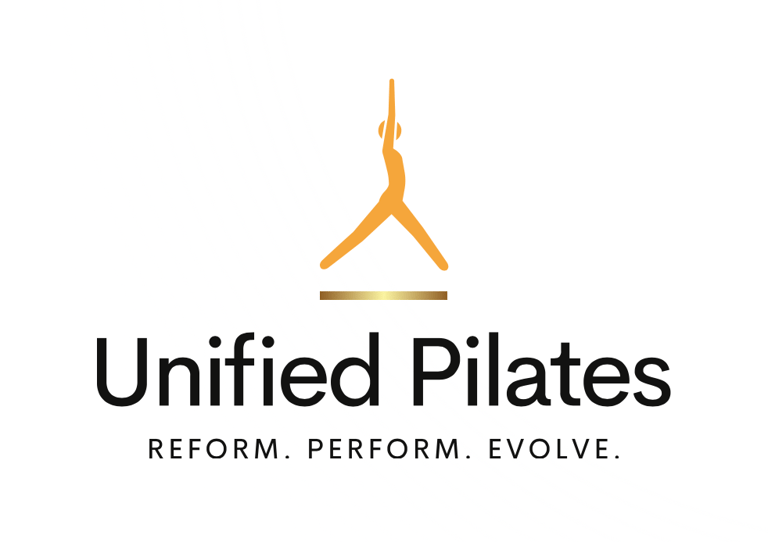How Functional Is Your Pelvic Floor? Supporting Your Body During Postnatal Workouts
Rebuild your pelvic floor and core with Pilates. Learn 4 key steps to safely ease into post-pregnancy exercise while enhancing strength and support.
POST PREGNANCY PILATES
2/7/20254 min read


These 4 Steps Will Help You Rebuild Strength Safely
New mothers spend more time at home in the early post-pregnancy months, so squeezing in (pelvic floor pun intended!) a high-quality training session while your little one is nearby can be a convenient way to begin your recovery journey.
You’ve likely been asked, "Are you doing your Kegels?" But is that enough? In this article, we’ll explore why finding the right starting point for post-pregnancy exercise is essential and why Pilates offers an approach tailored to this stage of life.
Did You Know?
✔️ Multiple muscle groups work together to support your pelvic floor.
✔️ The position you’re in while performing pelvic floor exercises matters.
✔️ Breath control plays a key role in core and pelvic floor recovery.
Following pregnancy and birth, your body undergoes significant changes. Your center of gravity shifts, and the postural demands of caring for a baby can place extra strain on the body. Taking a progressive, mindful approach to regaining core strength is essential for long-term well-being.
Step 1: Establish a Strong Foundation
Before returning to exercise, it’s important to receive clearance from your doctor—typically around six weeks postpartum (or twelve weeks after a C-section).
Continuing to focus on pelvic floor function is key, as it provides the foundation for the rest of your core muscles. A Women’s Health Physiotherapist can assess if you have diastasis recti (separation of the abdominal muscles) and guide you on safe movement strategies.
In Pilates, the focus is on how your abdominals, back, breathing muscles, and pelvic floor work together. During the initial stages, your Pilates instructor will guide you in understanding this connection. Some movements may need to be modified based on individual needs, and seeking professional guidance can help ensure a safe, evidence-based approach.
Step 2: Harness the Power of Breath
Breathwork is at the core of Pilates—especially post-pregnancy. Your breathing diaphragm works in synergy with your pelvic floor, meaning that poor breathing mechanics can create unnecessary tension and slow recovery.
Try this simple breathing exercise:
Sit upright with your hands placed on your ribs.
Inhale deeply, feeling your ribs expand outward (like an umbrella opening).
Exhale slowly, gently engaging your pelvic floor as if lifting a hammock upward.
A study published in the Singapore Medical Journal found that postpartum women who practiced 30 minutes of Pilates, five days a week, reported reduced fatigue and improved mental clarity. For new mothers, improving energy levels and reducing stress can be just as valuable as physical recovery.
Step 3: Reconnect With Your Body Through Gentle Movement
Every postnatal body needs time to recover. Pilates offers a structured approach that emphasizes awareness, control, and gradual progression.
✅ Pelvic Stability: Many different exercises involve pelvic floor engagement—not just traditional Kegels. Learning to activate these muscles correctly can make all the difference.
✅ Core Awareness: Weakness in the deep abdominals can contribute to low back discomfort and postural imbalances.
✅ Neck & Upper Back Relief: The postural demands of breastfeeding and carrying a baby can lead to tension. Pilates helps release tightness and improve mobility.
A progressive recovery program considers these factors, guiding you toward balanced, functional movement.
Step 4: Preparing for More Intense Workouts
As your strength and stability improve, you may feel ready to return to higher-intensity exercise. However, progressing too quickly without a solid foundation can lead to setbacks.
Before increasing intensity, consider:
✔️ Can you maintain core control during exercises like leg slides or gentle planks?
✔️ Do you feel stable and supported in day-to-day movements?
✔️ Have you consulted a Women’s Health Physiotherapist for an assessment if needed?
A trained Pilates instructor can help you build the strength, awareness, and endurance needed for more dynamic movement, ensuring that you progress safely and with confidence.
Meet your Author:
Alice is a seasoned Pilates instructor with 20 years of experience in the fitness and wellness industry in Ireland. Certified by Balanced Body as a Comprehensive Pilates Instructor, she also holds qualifications as an NTC Personal Trainer and Exercise and Health Coach. Based in Galway, Alice teaches Reformer and Mat Pilates classes, and offers private equipment-based sessions using the Reformer, Cadillac, and other apparatus. She works with a wide range of clients, tailoring programs to individual needs — from office workers and recreational athletes. Before specializing in Pilates, Alice spent over a decade managing fitness facilities, giving her a broad understanding of both client care and the evolving fitness industry. Today, she brings that expertise to her teaching — offering a thoughtful, structured, and progressive approach to Pilates that meets clients exactly where they are.
Alice is passionate about helping people move well and move smart. Whether you're practicing at home or in the studio, her goal is to help you build a strong foundation, avoid compensation and overload, and experience how Pilates can truly support your everyday life.
References:
Calais-Germain, B. and Lamotte, A. (2008) Anatomy of movement: Exercises. Revised edition. Eastland Press.
Calais-Germain, B. (2003) The female pelvis: Anatomy and exercises. Eastland Press
Gianni, J. (2013) Fusion Pilates pre & post-natal teacher training: Comprehensive training manual. 13th edition. Fusion Pilates.
Disclaimer:
The content in this blog is for informational purposes only and is not a substitute for professional medical advice, diagnosis, or treatment. Always consult a qualified healthcare provider for guidance, especially if you have medical concerns or pre-existing conditions. While my classes are tailored to individual goals, life stages, and fitness levels, they are not intended for rehabilitation or medical treatment.
Unified Pilates
Move with purpose and strength for the life you choose.
© 2025 Unified Pilates. All rights reserved.
